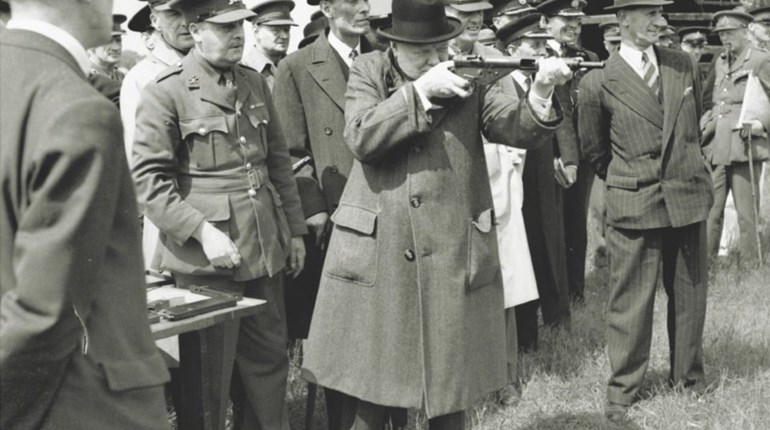
In June 1941, an American pilot—one Roland “Bud” Wolfe—was flying a British RAF Spitfire on a sortie over the Atlantic and returning to his base in northern Ireland. His engine experienced a failure, and Wolfe was forced to eject to safety. The Spitfire plunged into a bog at more than 300 mph.
Seventy years later to the month, a local aviation expert Johnny McNee was able to determine the exact impact site of the Spitfire and began digging it up. In spite of the 300-mph impact and being buried for 70 years, much of the plane remained intact, including six of the eight wing-mounted Browning machine guns—several of which still had shiny .303 British ammo in belts in them. Apparently, the heavy clay soil of the bog provided an anaerobic environment for the plane that significantly retarded the corrosion that would otherwise occur.
Lt. Dave Sexton, ordnance technical officer for the Irish army thought it might be a wild idea to see if they could get one of the machine guns to fire. After a thorough cleaning and repair of some parts bent during the impact, Lt. Sexton’s team was able to restore one machine gun. They took it to the range, loaded a belt of .303 British ammo and triggered the gun remotely. It fired perfectly!
Here’s the link to the whole story, along with a video clip of the test firing.
Now that is cool…cool baby!




































